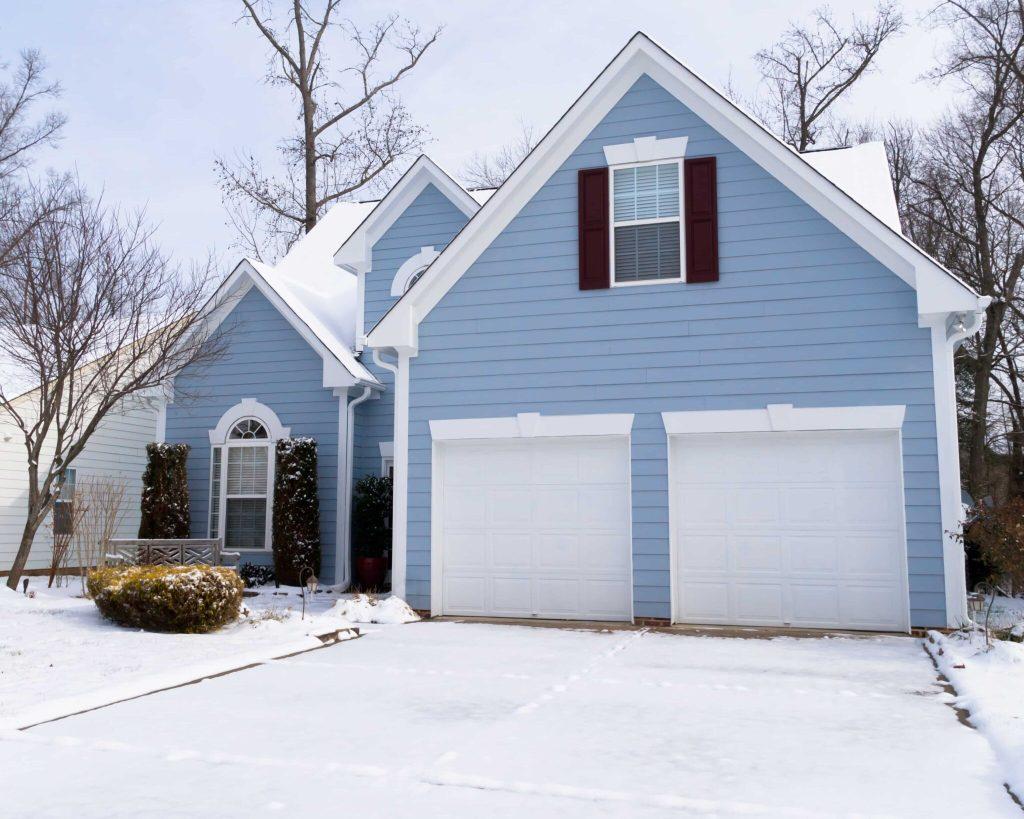Cold weather can bring about unexpected challenges, and one issue that many homeowners face is their garage door opener refusing to cooperate during chilly temperatures. In this comprehensive guide, we’ll delve into the common reasons behind a “Garage Door Opener Not Working When Cold” scenario and provide practical solutions to ensure your garage door functions smoothly, even in the coldest of days.

Introduction: Unraveling the Mystery of Cold-Weather Garage Door Opener Woes
As winter sets in, the last thing you want is to find yourself stuck with a malfunctioning garage door opener. The phenomenon of a “Garage Door Opener Not Working When Cold” is more common than you might think, and understanding the root causes is the first step toward a reliable solution. Let’s explore the possible reasons behind this issue and equip you with the knowledge to troubleshoot effectively.
Common Causes of Garage Door Opener Malfunctions in Cold Weather
1. Lubrication Woes in Low Temperatures
One of the primary culprits behind a garage door opener malfunctioning in the cold is inadequate lubrication. As temperatures drop, the lubricants in the garage door mechanism can thicken, causing increased friction and resistance. This added strain may overwhelm the garage door opener motor, leading to operational issues.
2. Battery Performance in Cold Conditions
Garage door openers are often powered by batteries, and these batteries can experience a decline in performance when exposed to cold temperatures. If your garage door opener relies on a battery, a decrease in voltage during cold weather can hinder its ability to function optimally.
3. Contraction of Metal Components
Cold temperatures cause metal components of the garage door system to contract. This contraction can result in misalignment or increased tension, affecting the smooth operation of the garage door opener. Understanding the impact of temperature on metal parts is crucial for addressing potential issues.
Troubleshooting Steps
1. Check and Replace Lubricants
Regular lubrication is essential for the smooth operation of your garage door. In colder weather, opt for low-temperature lubricants designed to remain fluid in freezing conditions. Applying a suitable lubricant to key components, such as the rollers, hinges, and springs, can alleviate friction issues and enhance the performance of your garage door opener.
2. Inspect and Replace Batteries
If your garage door opener relies on batteries, check their condition regularly, especially during colder months. Cold weather can weaken battery performance, leading to voltage drops and operational issues. Consider installing a fresh set of batteries designed to withstand low temperatures, ensuring reliable power to your garage door opener.
3. Adjust the Garage Door Opener Settings
Modern garage door openers often come with adjustable settings to accommodate various conditions. Check the user manual for your garage door opener and make adjustments to settings such as force sensitivity and closing speed. Fine-tuning these settings can help your garage door opener adapt to colder temperatures and operate more efficiently.
Preventive Measures for Cold-Weather Garage Door Opener Maintenance
1. Regularly Service and Insulate the Garage Door
Scheduled maintenance, including inspections and lubrication, can prevent issues before they arise. Additionally, consider insulating your garage door to minimize the impact of cold temperatures on metal components. Proper insulation helps maintain a more consistent temperature within the garage, reducing the risk of contraction-related malfunctions.
2. Install a Garage Heater
For homeowners in regions with extremely cold climates, investing in a garage heater can be a proactive solution. Keeping the garage at a moderate temperature helps prevent the thickening of lubricants, minimizes metal contraction, and ensures the optimal performance of your garage door opener year-round.
Read too: Why Is My Chamberlain Garage Door Opener Opening By Itself? Decoding the Mystery
Conclusion: Enjoying Smooth Garage Door Operation Regardless of the Temperature
In addressing the issue of “Garage Door Opener Not Working When Cold,” proactive maintenance and troubleshooting can make a significant difference. By understanding the impact of cold weather on various components and implementing preventive measures, homeowners can ensure that their garage doors operate seamlessly, providing convenience and peace of mind, even in winter’s chill.



Leave a Reply